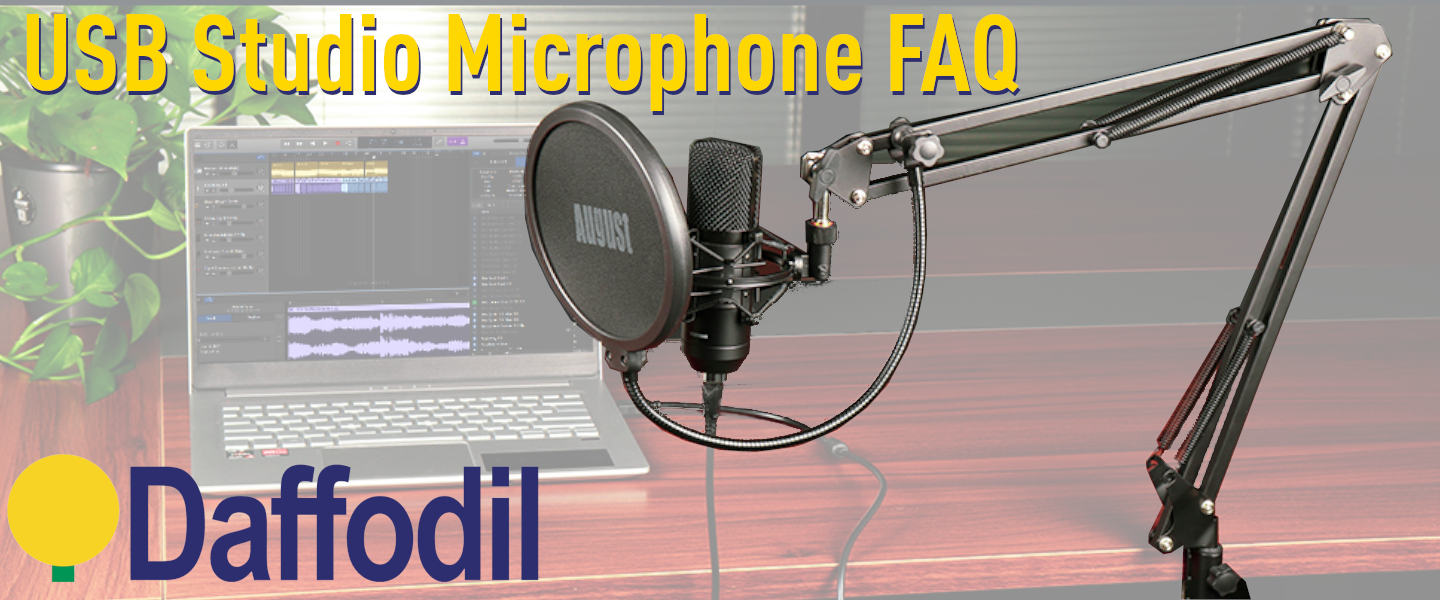
The Ultimate First-Time Streamer / Creator Microphone FAQ
| Reuben Howe
Starting a new hobby with new tech can be tough, especially when you want to focus on what you enjoy and have it all just feel natural. But learning the ins-and-outs of your kit can make all the difference, and it' easier than you think!
Having sold microphones big and small, accessory-laden and standalone, we are here to shed some light on the most frequently asked questions about recording with a microphone and how (or why) to use the best microphone accessories like pop filters, boom arms and software packages.
1. What is a Cardioid Microphone?
A good place to start is the microphone itself. When looking to start recording either as a hobby or professionally you will encounter many different "kinds" of microphone. Some will be labelled as "Condenser" while other "Cardioid" and some "Directional". Let's break down these terms and simplify the jargon!
A "Cardioid Microphone" is a Microphone with a Cardioid Polar Pattern. Now the next question is, what are polar patterns?!
Polar Patterns aren't the way snow falls in the arctic, in fact Polar Patterns are a kind of "map" illustrating how a microphone will record audio from each direction. Below you can see an example of a Cardioid Polar Pattern Microphone from August

The microphone will "hear" audio from in front of it very loudly, and off to the sides at lower intensity. Noises behind the microphone are not recorded at all, giving you a cleaner recording.
Another Polar Pattern might be a spherical one, simply recording everything equally from all directions.
2. How to Use a Directional Microphone?
Understanding Polar Patterns answers another question in our FAQ. When you see microphones described as "Directional" this is a less direct way of referring to their polar pattern and engineering.
As we saw with the August mic above, the polar pattern records more in front of the mic and less behind. This creates the "directional" effect you see advertised. A directional microphone will have a very strong, narrow polar pattern while an omnidirectional (Literally; All Directions) will have no adjustment to its polar pattern at all.
Cardioid Microphones fit somewhere between the two.
3. How Does a Condenser Mic Work?
The final term of jargon from the first description is "Condenser" which you will often see touted on studio microphones. This is because condenser microphones operate best in controlled environments where the only audio around is what you want to record.
Recording booths, home studios and movie sets are all perfect situations.
What makes condenser microphones so good at this type of recording?
The main draw of condenser microphones is the sensitivity. A condenser microphone uses a suspended plate to react to small movements in the air more accurately. This makes highs and lows more accessible to recording, as well as quieter sounds which would normally be drowned out.
This increases sensitivity also means that using a condenser mic outside will record more wind noise / background noise than a standard mic. Therefore, a windshield muff is advised if ever forced to use a condenser outside.

4. What Does a Pop Filter Do?
Once you've decided on a polar pattern and condenser / non-condenser microphone you can start adding attachments!
The vast majority of microphones for desks or studios will support a pop filter, even little USB tripod microphones! A pop filter is a microphone attachment that creates a physical membrane barrier between your audio source and the microphone.
While this might sound counter-productive, the pop filter is engineered to allow clean audio through whilst removing the effects of heavy breaths, tongue-clicks and jawbone movements as well as other auditory artifacts such as the lingering "sss" sounds of sibilance.
It does what it says on the tin by literally filtering out "pops" of lip-smacks and sharp breaths etc. If you've ever edited audio takes together, a lot of time is spent removing the first moments of every breath the actor takes because it will almost certainly contain a "pop"!

5. Do You Need a Boom Arm?
A boom arm is a second type of attachment for studio microphones, suited to recording stationary at a desk just as well as on a large set!
For most uses, a boom arm is going to clamped to the desk at your PC or clamped to a music stand, and holds the microphone in place for you. This can be pivotal when using a directional microphone for multiple performers as you can "suspend" the microphone anywhere in the space, facing any direction.
Articulating boom arms give you the freedom to begin and end recording simply by moving the mic behind your monitor or our above it, saving time and space at once! While by no means a requirement, especially if you'd rather use a tripod for example, a boom arm is nonetheless a valuable asset to getting dynamic, clear recordings of multiple different sources.
6. What is a Noise Gate?
Finally, "noise gates" are a feature you may see advertised on microphones and software alike, as a noise gate is actually a digital refinement rather than a physical one. Unlike a pop filter or boom arm you don't attach the microphone to a noise gate. Instead, the noise gate is an adjustable piece of software which tells the microphone what volumes to pick up for recording.
For example, if you set a noise gate very high then only very loud sounds will trigger the microphone. If the noise gate is disabled, then the microphone will record all sounds regardless of their volume.
The practical use of a noise gate is to remove background noise by never recording it to begin with. The background noise outside your studio might be 50db, so setting the noise gate to 60db and speaking in loud, clear voice will guarantee only you are recorded!
First-Time Studio Microphone + Attachments Bundle
If you're hoping to put these terms to the test then the August REC100 is offered in a bundle with a pop filter, boom arm, windshield muff and USB cable to get you set up to record voice, instruments, animal antics and more in moments!

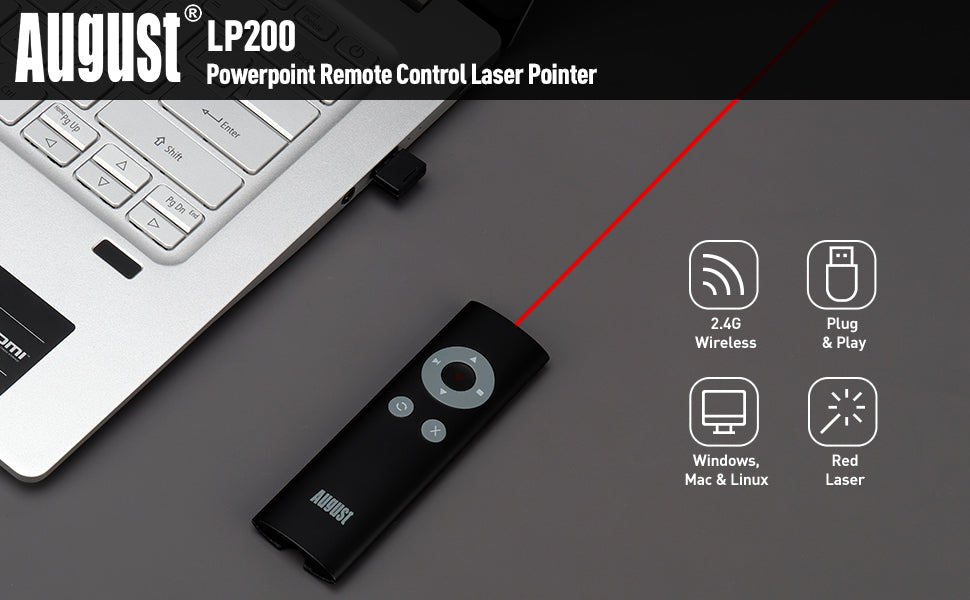
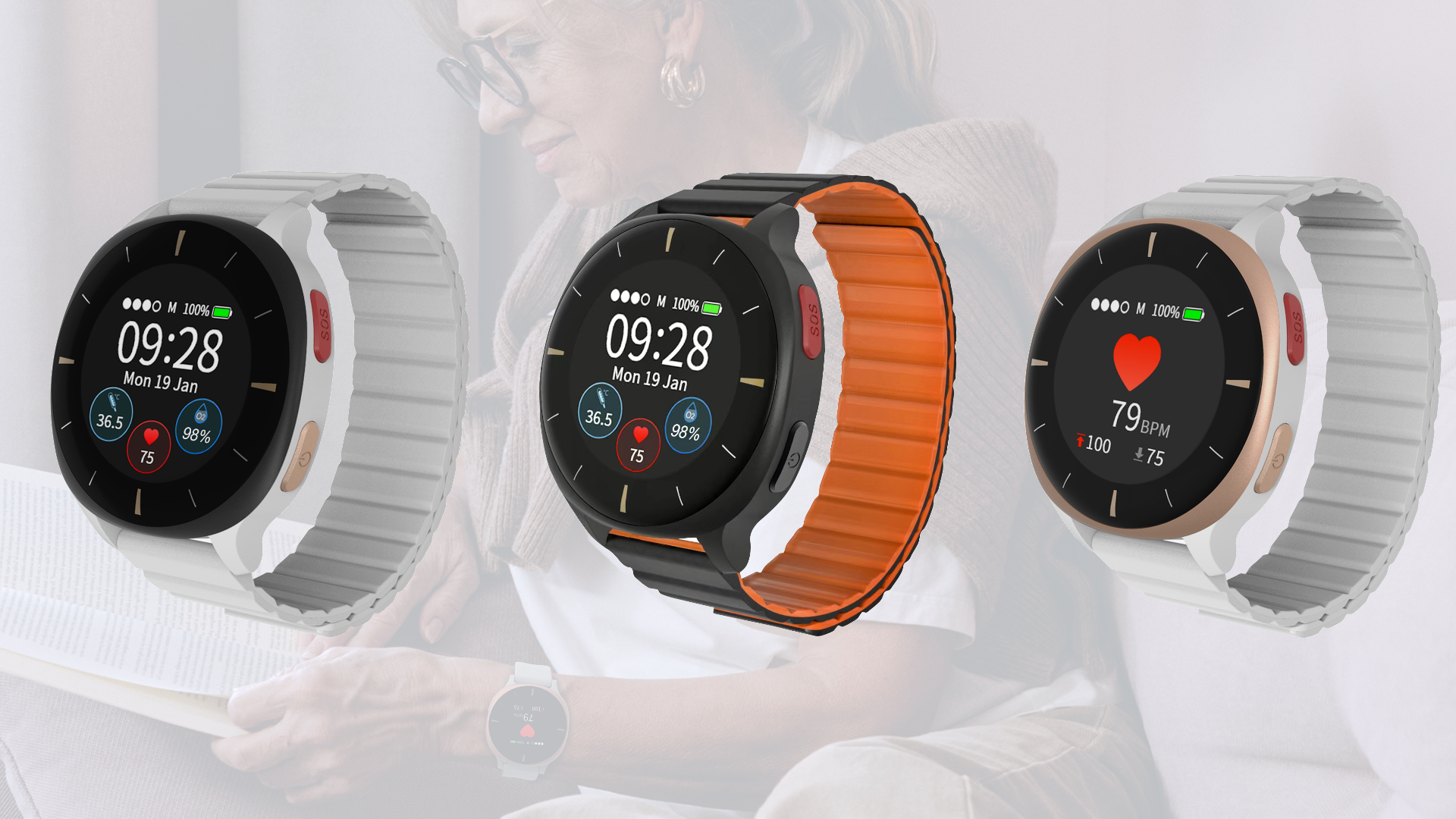



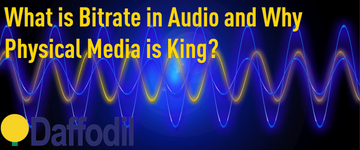

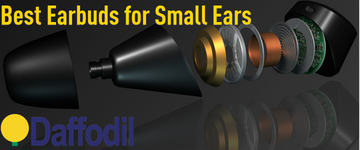











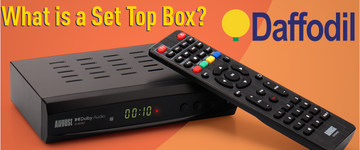

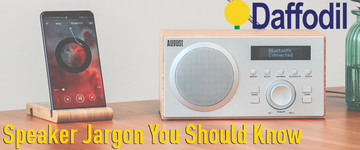


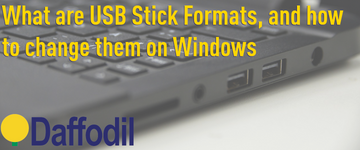



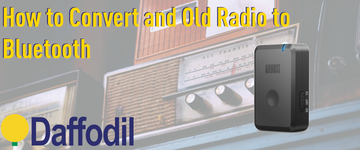

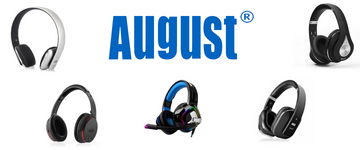









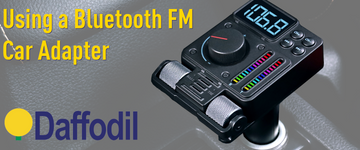
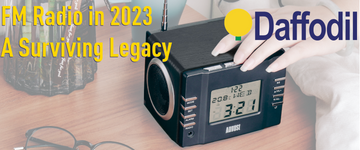

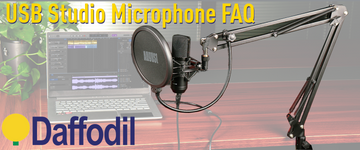




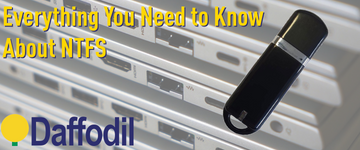

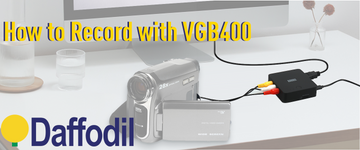

Leave a comment
Your email address will not be published.